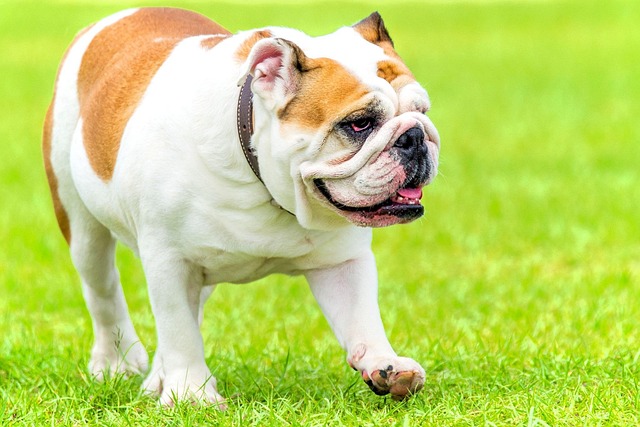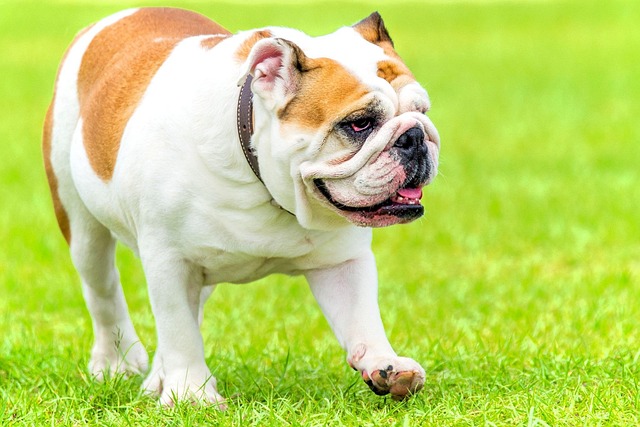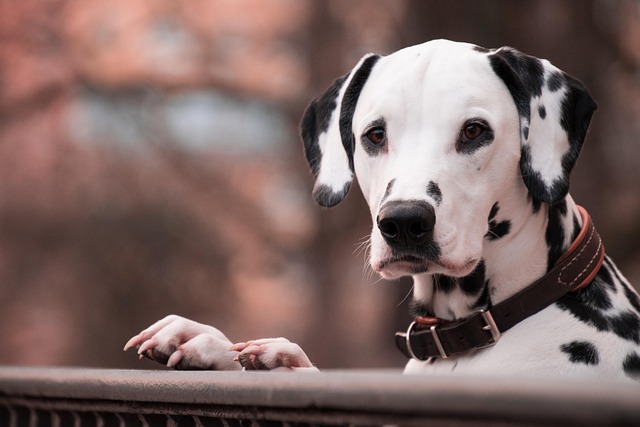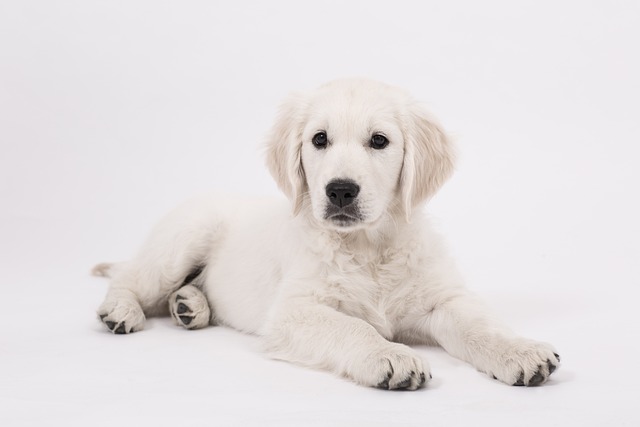
What Is the Best Training for an Aggressive Dog? Empathy-Based Methods
Aggression in dogs often stems from fear, not dominance. Empathy-based training transforms behavior by addressing root causes and building trust, not control.
You’re standing at the front door, keys in hand, ready to head out for the day. But your dog’s whining and pacing make you hesitate—how can you leave them behind when they’re so clearly stressed? If you’ve ever wondered, “How do I calm my dog when left alone?” you’re in the right place. Many American dog owners face this challenge, but with a few simple strategies, you can help your furry friend feel more at ease when you’re away.
Dogs often become anxious when left alone due to their strong pack instincts. In the wild, dogs stay together for safety, so being separated from their “pack” (you) can trigger distress. Some dogs may also develop separation anxiety, which can lead to behaviors like excessive barking, chewing, or even self - harm. Others simply get bored without stimulation, causing restlessness. Understanding these root causes is crucial for finding effective solutions.
One of the most effective ways to calm your dog is through desensitization. Start by mimicking the actions of leaving—put on your coat, grab your keys, but don’t actually go anywhere. Do this multiple times a day, gradually increasing the time you spend in this “pre - departure” state. Over time, your dog will learn that these actions don’t always mean you’re leaving for good. When you do leave, begin with short absences of just a few minutes and slowly extend the time as your dog grows more comfortable.

Providing mental and physical stimulation is another key. Puzzle toys are a game - changer. Fill a Kong with peanut butter or freeze some wet food inside it. Your dog will spend hours focused on getting the treat out, keeping their mind occupied. You can also leave the radio or TV on at a low volume. The background noise can create a sense of normalcy and make your dog feel less alone. Crate training can also be helpful. Make the crate a cozy haven with a soft blanket, their favorite toys, and even a piece of your clothing that smells like you.
When it comes to keeping your dog calm, never resort to punishment. Yelling at your dog for being anxious or using shock collars not only goes against animal welfare values but can also make the problem worse. Instead, use positive reinforcement. When you return home and find your dog calm, praise them and offer a treat. This rewards the behavior you want to see more of.
In the American pet - owning landscape, there are important compliance and care considerations. Just as rabies and other vaccinations are legally required in most states to protect public health, taking care of your dog’s mental well - being is part of responsible ownership. If your dog’s anxiety leads to excessive noise or damage in shared spaces, you could face fines. For apartment dwellers, keeping your dog calm is especially important to maintain good relations with neighbors. Place the crate away from shared walls, and make sure to clean up any messes your dog might make during your absence. When out walking your dog, ensure they get enough exercise to tire them out physically, which can also reduce anxiety levels.
Calming your dog when left alone takes time and patience. By understanding their natural instincts, using positive training methods, and following local pet - care norms, you can create a more peaceful environment for your dog when you’re not there. With consistent effort, your dog will learn to relax and feel secure on their own.

Aggression in dogs often stems from fear, not dominance. Empathy-based training transforms behavior by addressing root causes and building trust, not control.

Wondering if your furry friend has what it takes to zoom through tunnels and leap over hurdles? It’s not just about speed and athleticism—though those help!

The excitement of watching dogs zip through obstacle courses makes every pet owner wonder: could my dog be an agility star? While the sport celebrates speed and skill, it’s not a one-size-fits-all activity.

Picture this: you're walking your rescue pup through a charming Boston neighborhood when a jogger approaches. Suddenly, your normally sweet dog lunges

That sudden explosion of barking when the delivery driver approaches your porch isn't just jarring—it’s a natural alarm system gone haywire.

You’re standing at the front door, keys in hand, ready to head out for the day. But your dog’s whining and pacing make you hesitate